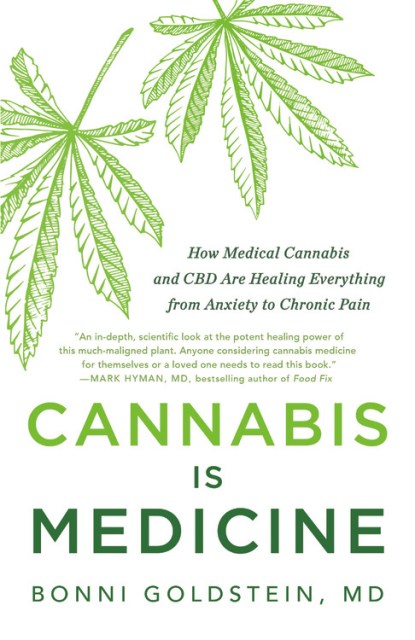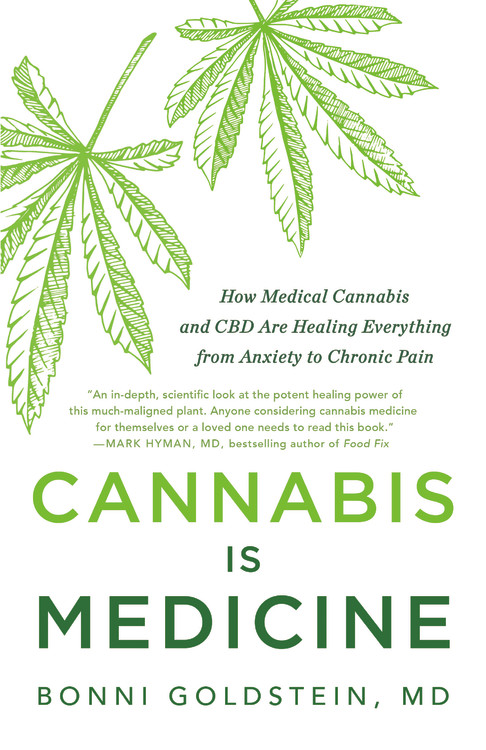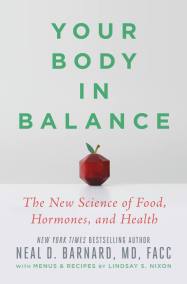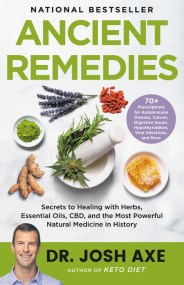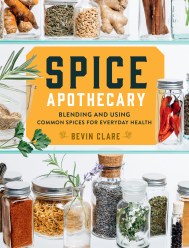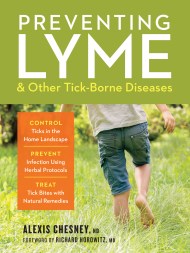Promotion
Use code FALL24 for 20% off sitewide!
Cannabis Is Medicine
How Medical Cannabis and CBD Are Healing Everything from Anxiety to Chronic Pain
Contributors
Formats and Prices
Price
$22.99Price
$28.99 CADFormat
Format:
- Trade Paperback $22.99 $28.99 CAD
- ebook $12.99 $16.99 CAD
- Audiobook Download (Unabridged)
This item is a preorder. Your payment method will be charged immediately, and the product is expected to ship on or around September 29, 2020. This date is subject to change due to shipping delays beyond our control.
Also available from:
Millions of people around the world are healing illnesses with cannabis. Nonetheless, many physicians remain reluctant to discuss cannabis medicine with their patients. And with so much conflicting misinformation from unreliable sources, finding out if cannabis could be an effective treatment for you or a loved one can feel nearly impossible. This book is the comprehensive resource for people who have not found relief from conventional medicines.
Bonni Goldstein, MD, has helped thousands of patients suffering from chronic, difficult-to-treat conditions improve with cannabis. In this revelatory book, she explains the current state of scientific research on how cannabis interacts with human physiology to create homeostasis — balance — leading to good health. Many of the plant's compounds, including CBD and CBG, and their therapeutic effects are explained in detail. Readers will learn how to best navigate the multitude of available cannabis-based products, with detailed guidance on safety and usage, and how to customize a personalized cannabis regimen. And Dr. Goldstein presents 28 common conditions for which patients have found cannabis treatment to be effective, including cancer, insomnia and gastrointestinal disorders.
As medical cannabis laws continue to evolve, it is more vital than ever for struggling patients to understand the benefits of this plant from an honest, medicine-based perspective. Educational, practical, and thorough, Cannabis Is Medicine empowers patients to make informed decisions about this natural medicine and improve the quality of their lives.
- On Sale
- Sep 29, 2020
- Page Count
- 368 pages
- Publisher
- Little Brown Spark
- ISBN-13
- 9780316500784
Newsletter Signup
By clicking ‘Sign Up,’ I acknowledge that I have read and agree to Hachette Book Group’s Privacy Policy and Terms of Use
